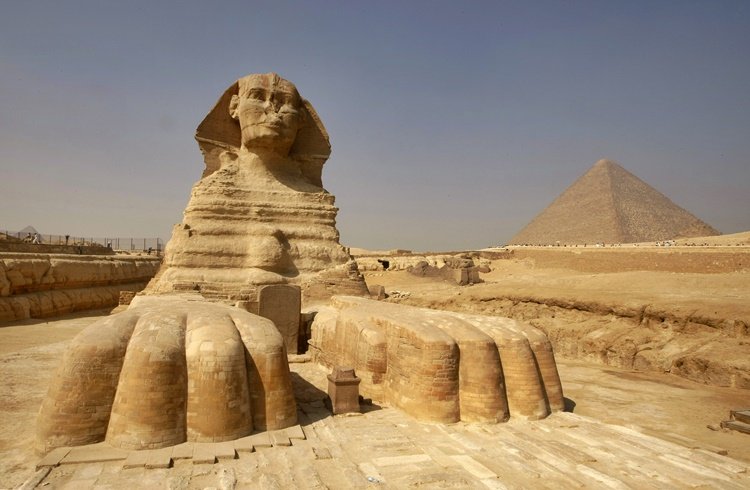Here are the amazing facts about the Great Sphinx of Giza
Great Sphinx of Giza – This iconic landmark on the Giza Plateau on the west bank of the Nile in Giza, Egypt is one of the oldest, largest, and most mysterious monuments ever created.
Here are some of the great facts about this landmark.
Technically, this is not a sphinx. In Greek description, a sphinx has the body of a lion, the head of a woman, and the wings of a bird. What is present in Giza is technically called an androsphinx, based on the article in Mental Floss.

No one really knows who made the sphinx and it had several names before it was called by its present name. Among its past names were “the Great Sphinx,” “statue of the very great Khepri,” and “Horem-Akhet,” which translates as “Horus of the horizon.” It also has monikers like balhib and bilhaw.
The sphinx was previously colorfully painted. It can be seen that there are still remnants of red pigment on the statue’s face, while hints of blue and yellow remain on the body. There was a time when it was buried in the sand because of Egypt’s shifting sands.
The landmark suffered from the loss of part of its iconic headdress. Its head also had severe damage, as well as its neck during the restoration in the 1920s.

It was said that people perceived that the Great Sphinx of Giza was much kinder than its Greek cousin. In Egypt, the sphinx is a more benevolent, albeit no less powerful, godlike figure. On the other hand, in ancient Greek lore, the sphinx came from her deadly run-in with Oedipus, the one she challenged with her allegedly unsolvable riddle.
The Egyptian monument is not the oldest but definitely it is the largest. It is younger than other sphinx in the Egyptian empire. However, because it measures 41 feet long and 66 feet high, it is definitely the largest sphinx in the world.
